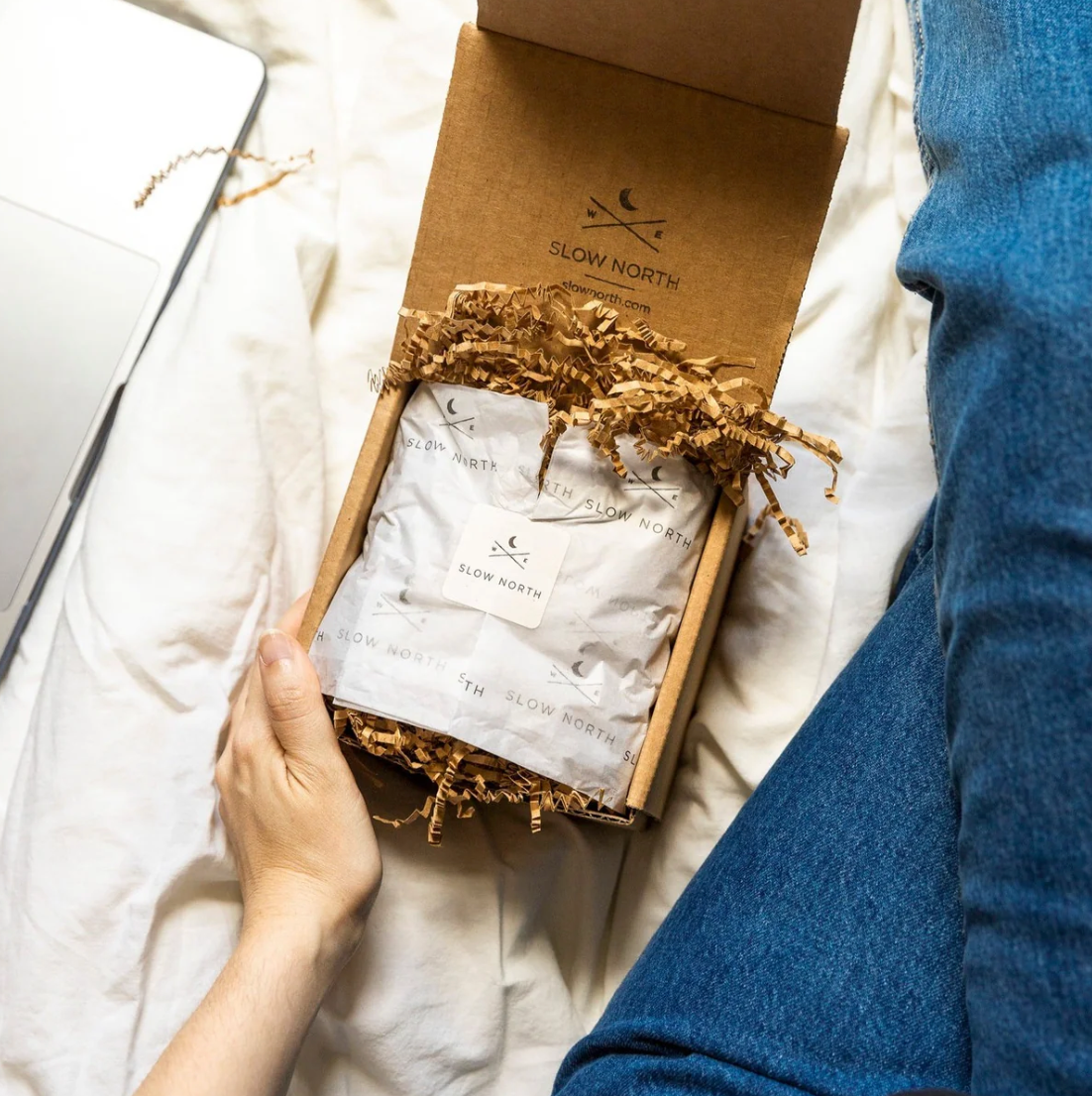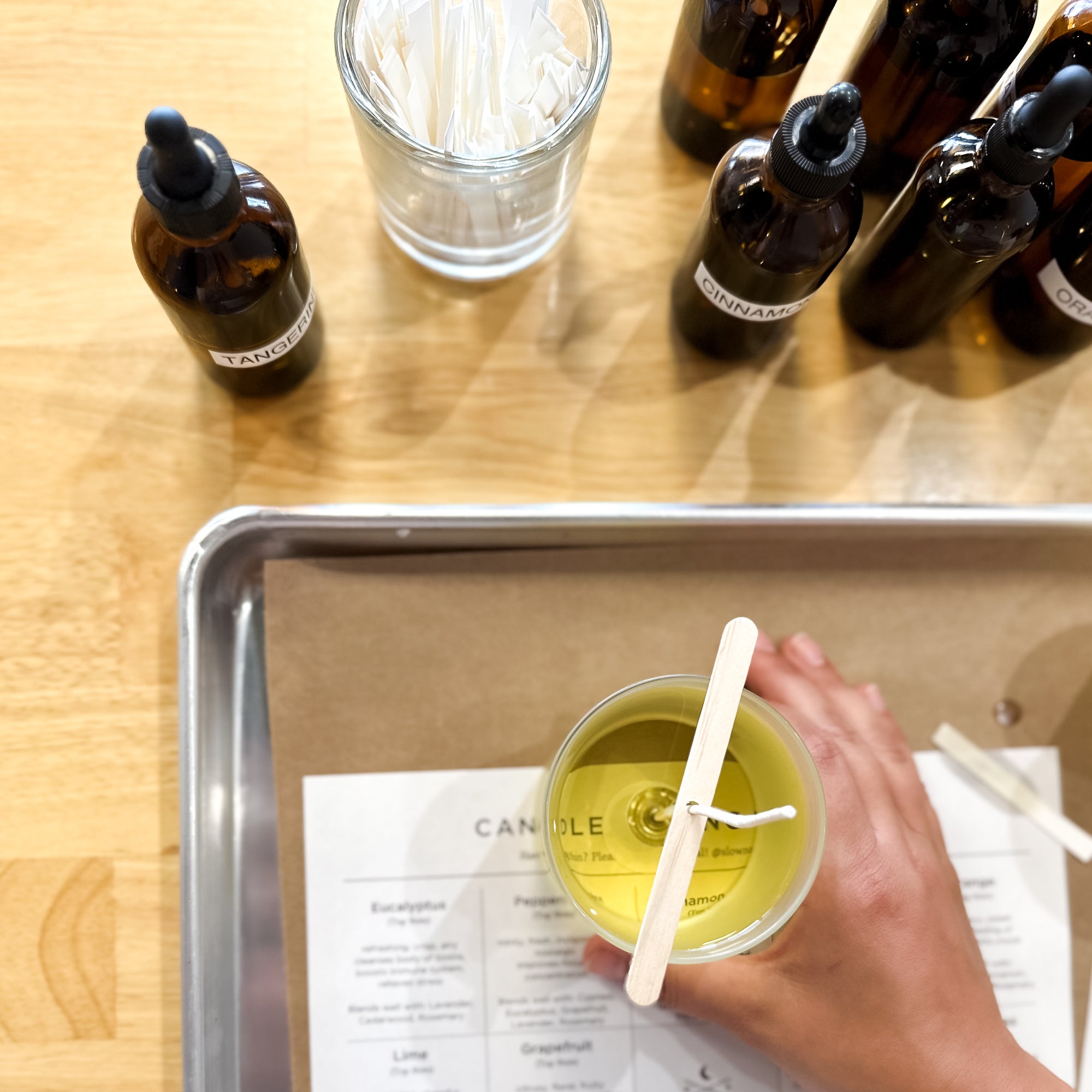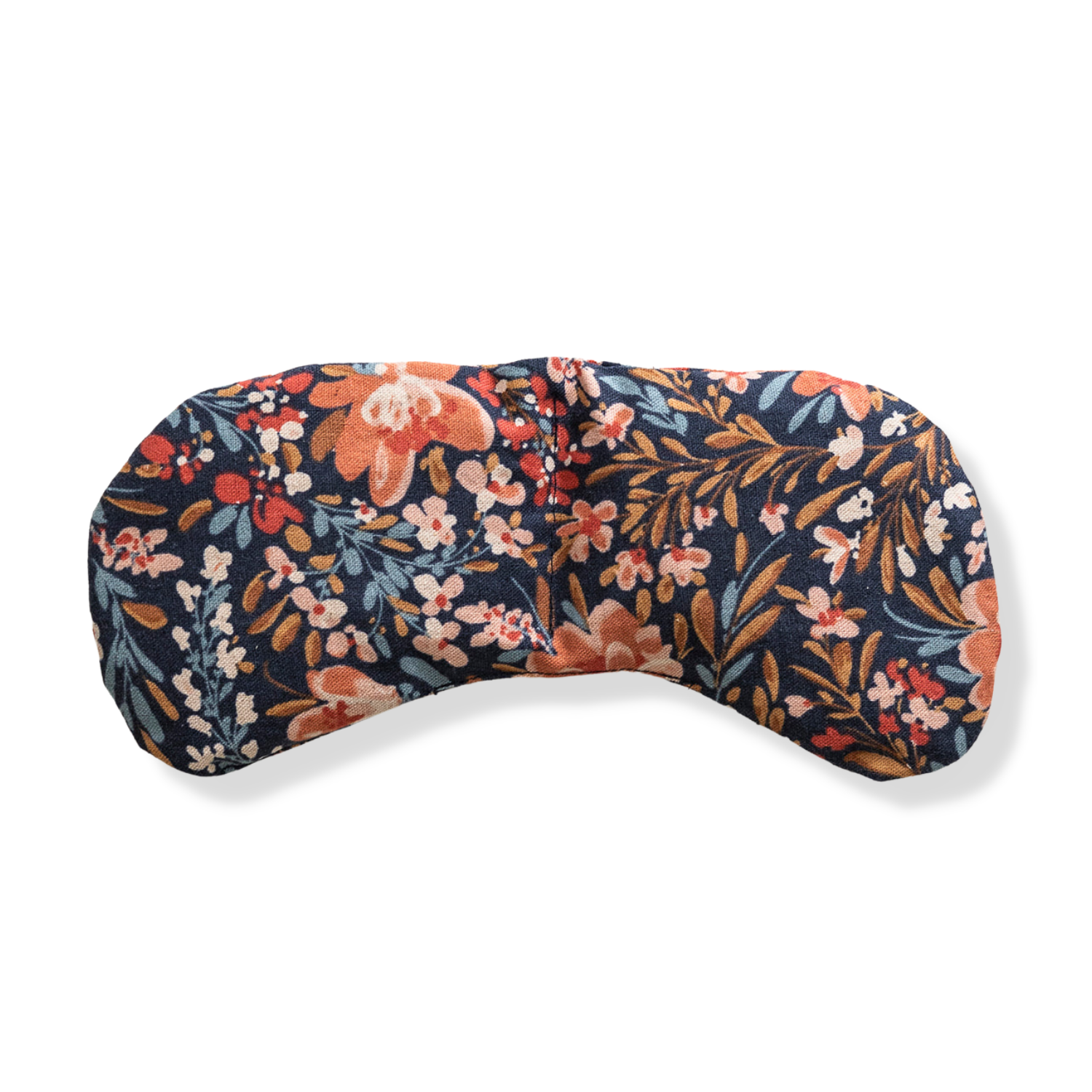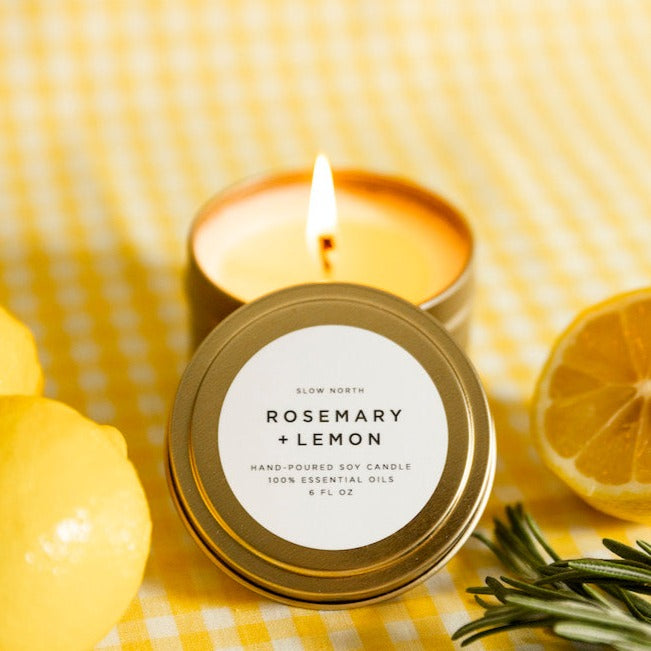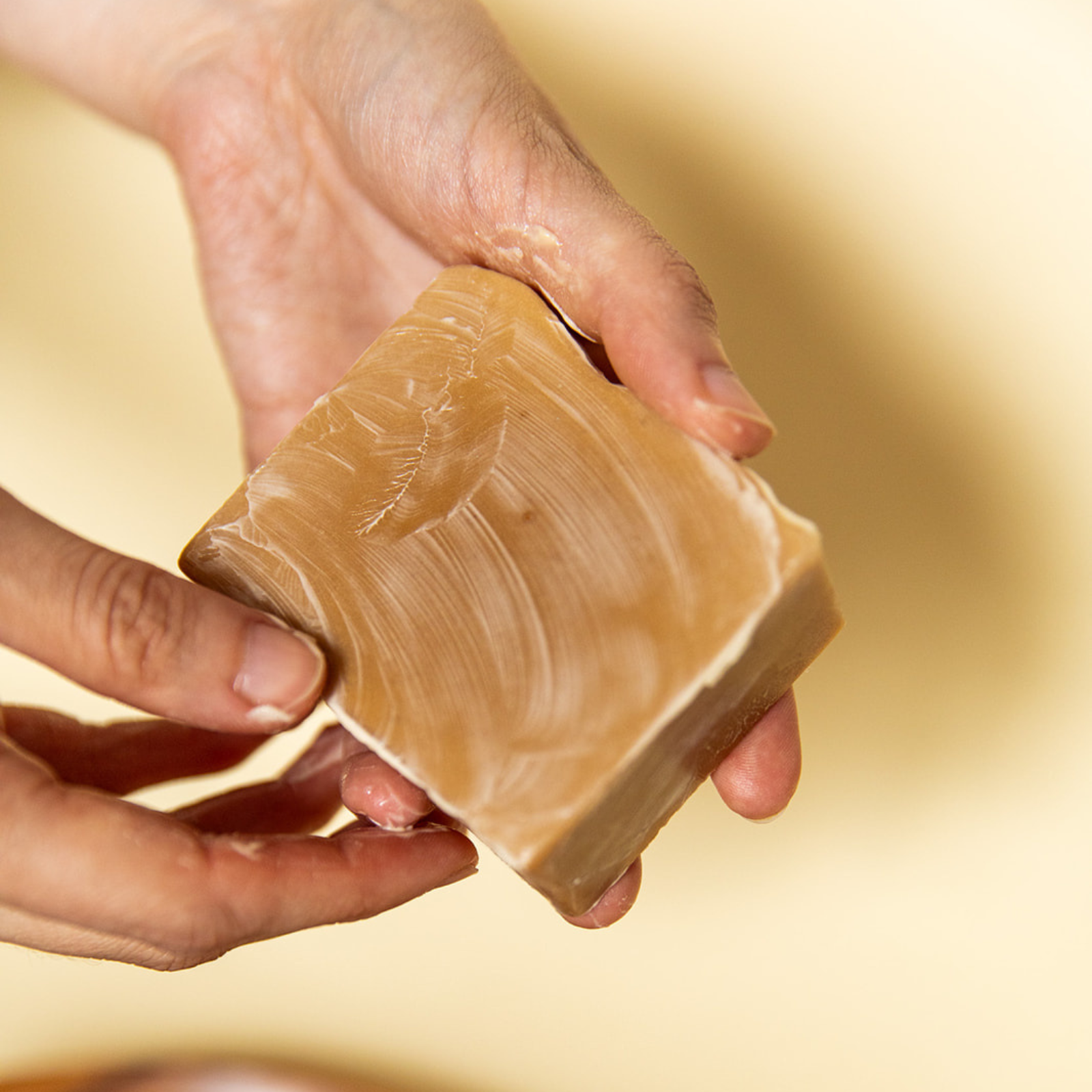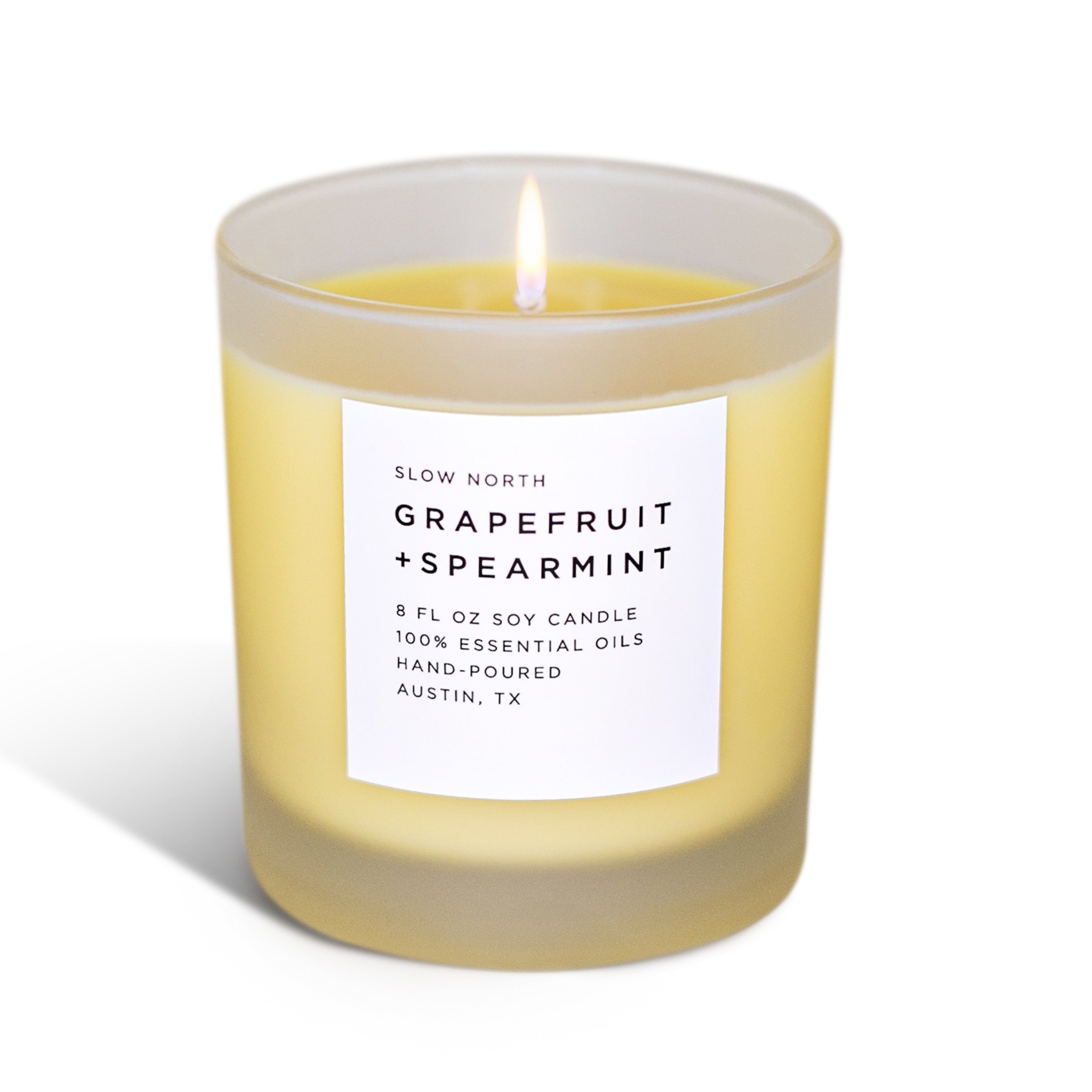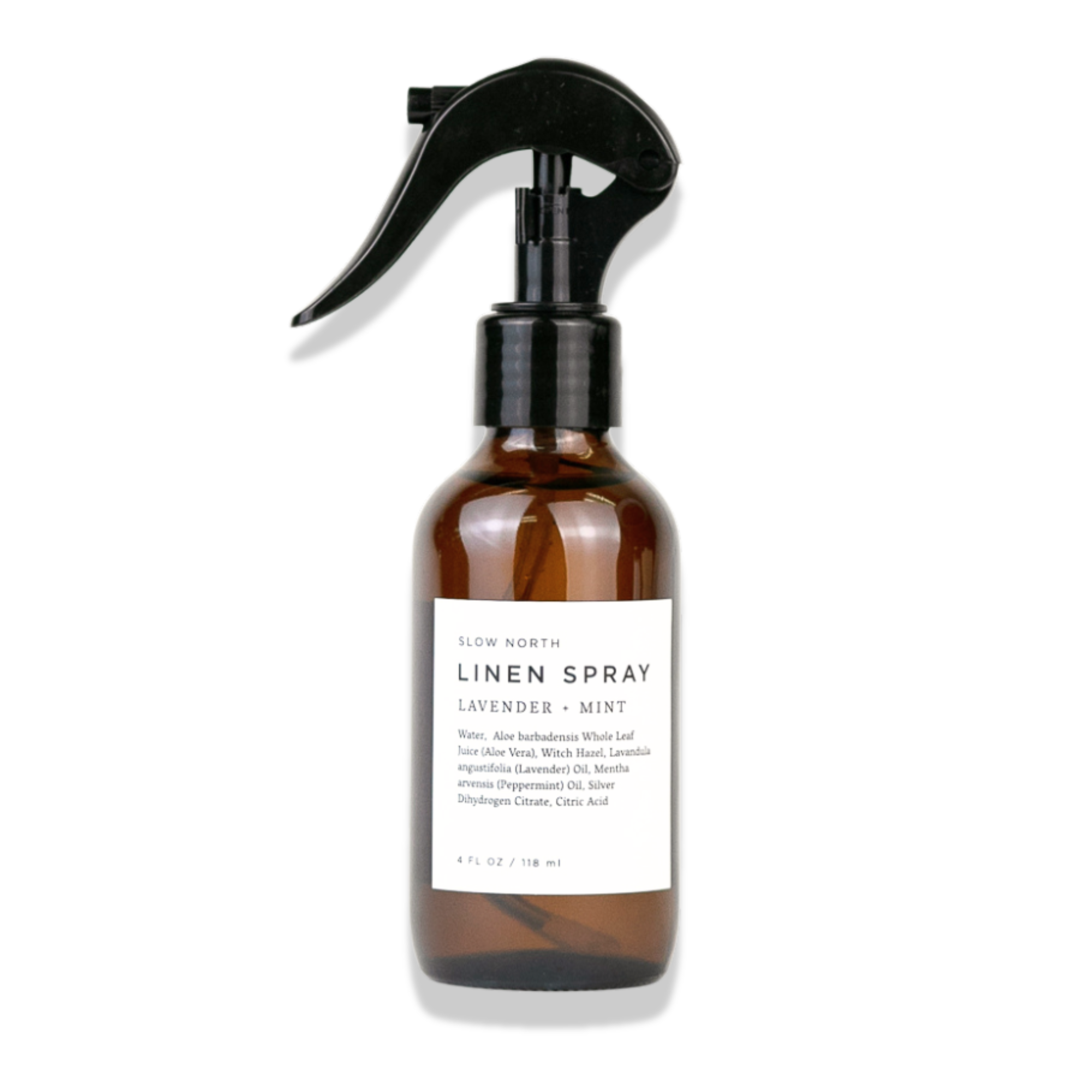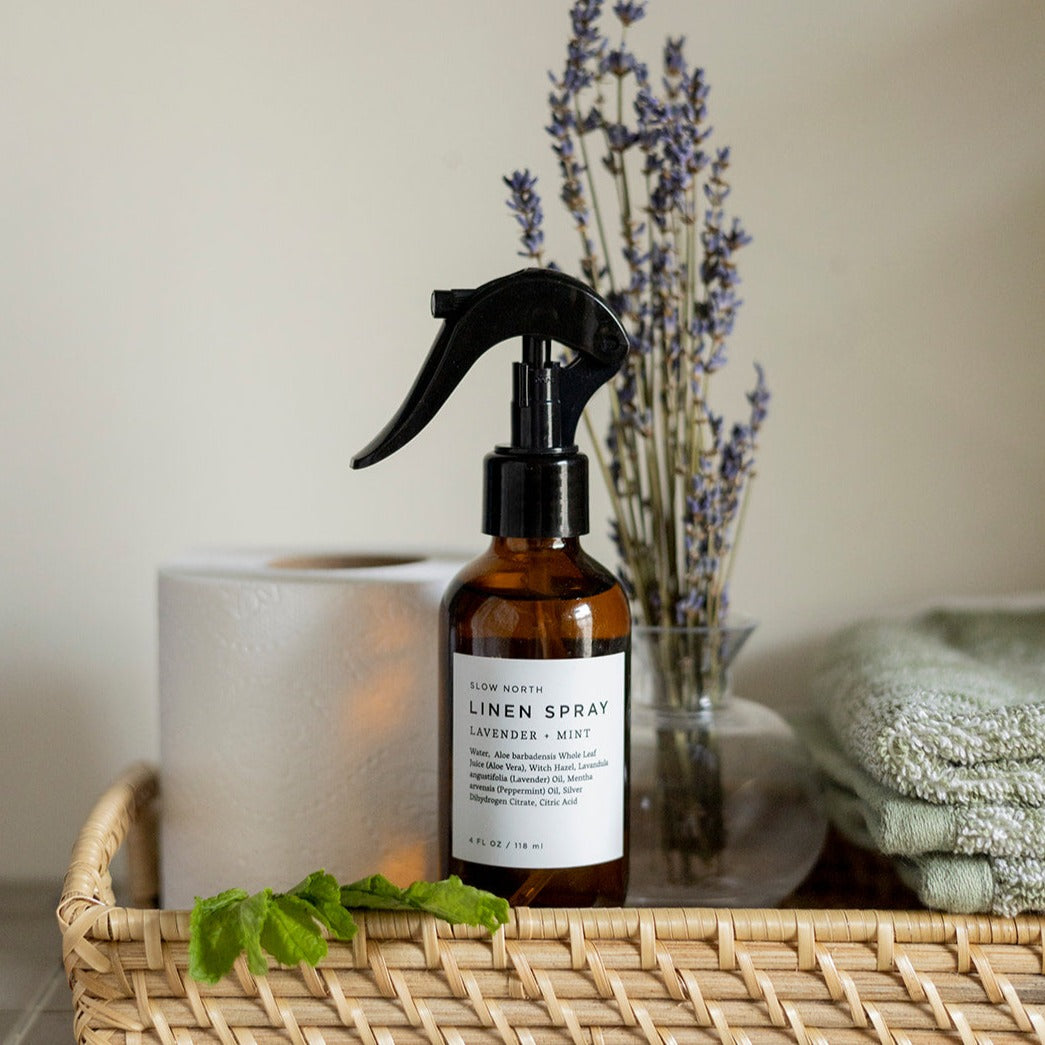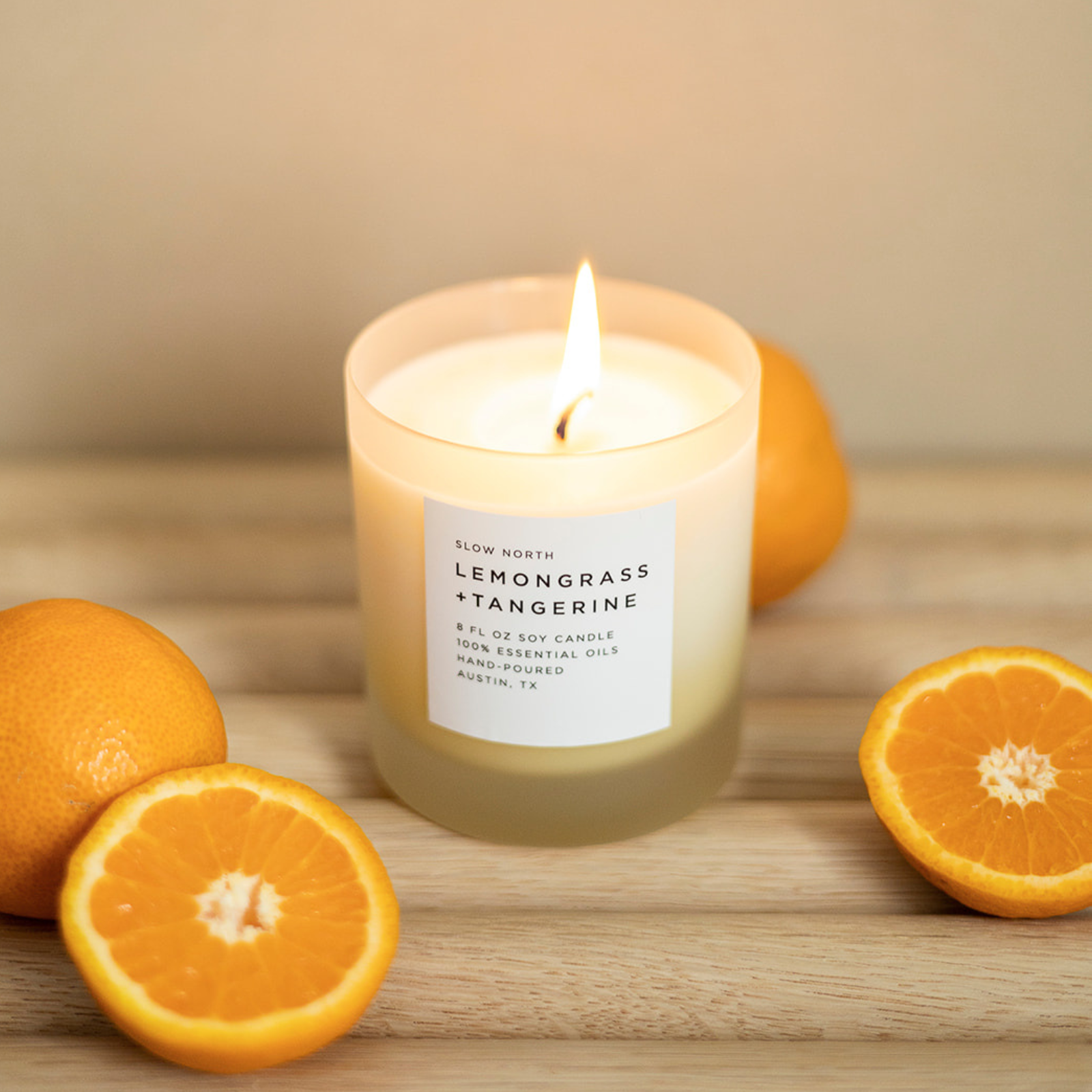
Slugging: What it is and Why Our E-Commerce Manager Loves It

Maybe you’ve seen this skincare trend on TikTok or maybe (like me) you’ve been living under a rock and slugging is totally new to you. Either way, I’m happy to report slugging has zero things to do with slugs (ew) and everything to do with glowing, baby smooth-skin.
What is Slugging?
Slugging is coating your skin with a thin layer of Vaseline (or similar occlusive) before bed. The Vaseline goes right over your normal cleaning/serum/moisturizer routine and when you wake up in the morning, your skin is hydrated, bouncy, and youthful-looking.

Despite how messy slugging sounds, people rave about it because they say it makes their skin feel great in the morning, especially when it’s normally dry, tight, or scratchy. Another bonus of slugging is that it helps your skincare products go further!
Slow North’s very own e-commerce manager, Ariel, has been slugging for over a year. She says she has oily skin and uses petroleum jelly to seal in her night moisturizer after using retinol or AHA/BHA chemicals.
Ariel says
“Active ingredients can be harsh so using a layer of a neutral occlusive like petroleum jelly protects and balances the moisture in my skin.”
 Ariel Griffin, Slow North's E-Commerce Manager
Ariel Griffin, Slow North's E-Commerce Manager
Why Slugging Works
The lipids in your skin’s outer layer give it a well-moisturized, supple appearance; dry or damaged skin looks rough because it’s lost those lipids. The damage can occur for a variety of reasons: acne, eczema, genetic inheritance, or even a bad sunburn.
Petrolatum (petroleum jelly, the main ingredient in Vaseline) doesn’t actually add moisture to your skin to help it heal, but it is 99% occlusive, which means it stops almost all moisture from leaving your skin.
Turns out, 99% occlusive is the golden standard. A higher percentage would actually trigger your skin to stop producing moisture altogether. Less than 99% occlusive means moisture is still able to leave the skin, so 99% occlusive is just right. Moisturizers, serums, and your skin’s naturally-produced moisture all stay close to your face to help heal and restore.

Vaseline isn’t the only petrolatum product you can use–you can also use CeraVe Healing Ointment, Aquaphor, Nivea, or even La Mer, which uses mineral oil similar to petrolatum.
Most dermatologists, however, recommend proceeding carefully if you have acne or use active ingredients like AHAs, BHAs, or retinoids. Petrolatum is non-comedogenic, so it won’t clog your pores, but anything you use on your skin will be held there overnight and those powerful chemicals or oils could be overwhelming.
How to Try Slugging for Yourself
Since you’re essentially trapping products against your skin, dermatologists say to make sure your skin is well cleaned and exfoliated before adding Vaseline or other occlusive products.
 Photo by Kalos Skincare
Photo by Kalos Skincare
And you don’t actually need that much Vaseline; just a pea-sized amount can cover your entire face, though you also don’t have to cover your whole face. You can just cover the spots that feel dry or tight, like your eyelids or your nose.
Here’s Ariel’s final piece of advice if you’d like to try slugging for yourself:
“I recommend starting slugging in small increments of time to ensure it's right for your skin and so you can get used to having a layer of product on your face. If you eventually plan on sleeping while slugging, make sure your pillowcase is always clean too.”
Happy slugging!




